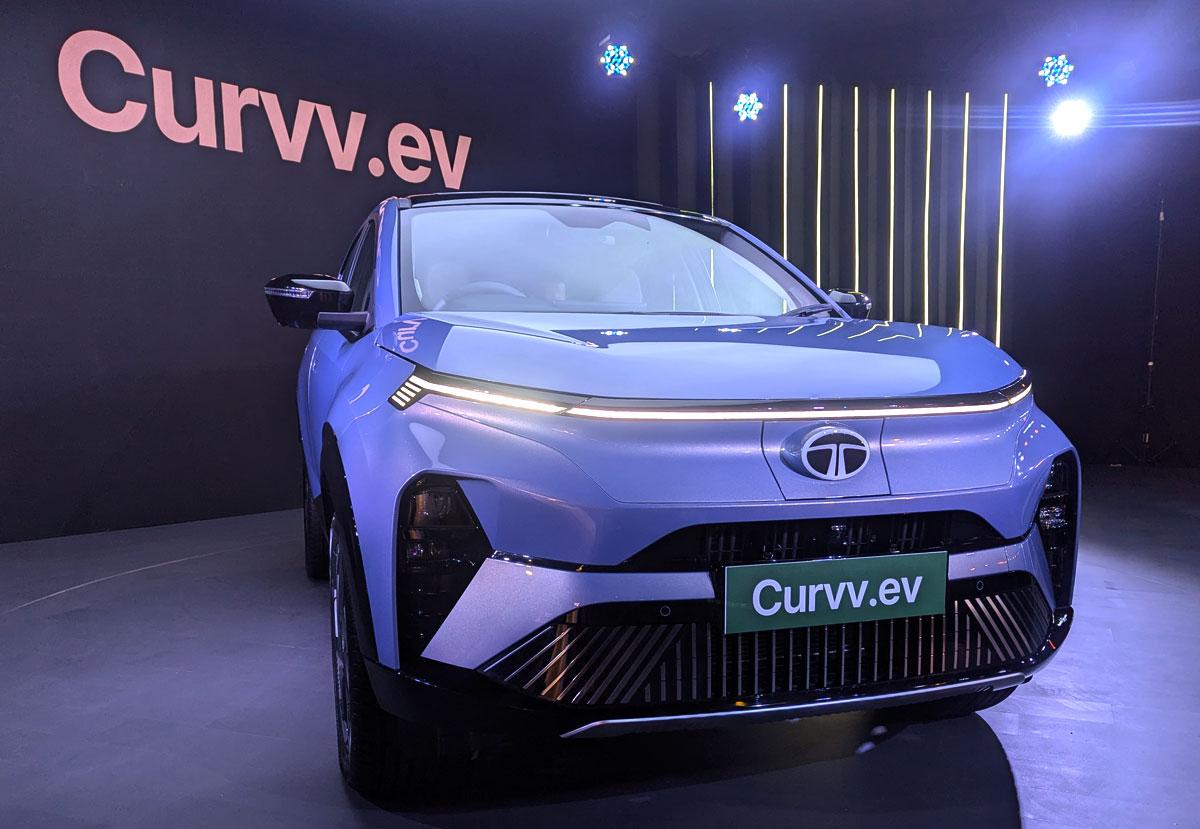Automotive (auto) stocks have been among the best performers in the BSE 200 index in recent months.

Photograph: Maruti Victoris/ Somnath Chatterjee
More than half of the top 15 gainers over the past one, two, and three months have come from the sector.
The rally has been driven by changes in goods and services tax (GST) slabs, normal monsoons, lower interest rates, and tax incentives, all of which are expected to lift demand.
Maruti Suzuki India (MSIL), the country’s largest carmaker, has led the charge.
Its stock is up 47 per cent so far in 2025, compared with a 19.6 per cent gain for the Nifty Auto index.
Alongside aggressive price cuts — deeper than the GST reduction — the company has pinned hopes on new launches, such as the Victoris sport utility vehicle (SUV).
With these triggers, the stock has repeatedly hit all-time highs in recent trading sessions.
The immediate catalyst for both MSIL and the sector is the GST cut, which reduces sticker prices and should revive sales.
Passenger vehicle (PV) demand had slowed as affordability was squeezed by higher costs linked to regulations (Bharat Stage VI norms, mandatory insurance) that outpaced per capita gross domestic product growth.
Against earlier expectations of low single-digit growth, PV volumes have fallen 3 per cent year-on-year in 2025-26 (FY26) so far.
After the GST cut, however, PV prices are expected to fall by 8 per cent, restoring affordability to pre-pandemic levels, according to analysts at Elara Capital, led by Jay Kale.
MSIL has announced price cuts ranging from 2 to 21 per cent. Entry-level models such as the Alto, S-Presso, and Celerio have seen the steepest reductions of 13–22 per cent, while larger vehicles like the Brezza, Grand Vitara, and Invicto are down 2–8 per cent. Nomura Research estimates that the GST-led cut should have been 6.5 per cent, but MSIL has gone further, reducing prices by an average of 7.5 per cent.
While this move could weigh on near-term margins (by about 100 basis points/bps), analysts Kapil Singh and Siddhartha Bera of Nomura believe it could lift market share and improve operating leverage if demand picks up.
Sustained recovery in entry-level cars, however, will still depend on a broader economic rebound and income growth in the target customer segment.
Passenger cars constitute the bulk of Maruti’s sales, where it holds a 65.5 per cent market share.
The Victoris launch at a competitive price is another tailwind.
Analysts at JM Financial, led by Saksham Kaushal, see the model gaining ground in the midsize SUV segment.
The company’s upcoming battery plant will pave the way for hybrid launches and support margins.
India’s growing role as an export hub could also reinforce MSIL’s global ambitions.
JM Financial has raised its volume forecast by 4–9 per cent for FY26 and 2026-27 (FY27) and lifted its margin assumptions by 60–70 bps.
Analyst Aniket Mhatre of Motilal Oswal Research expects the Victoris to help MSIL claw back share in the SUV segment.
While some cannibalisation with the Grand Vitara is likely, the brokerage forecasts higher overall SUV volumes and market-share gains.
Motilal Oswal also expects PV sales to rebound, driven by the Victoris, the ramp-up of the eVitara in export markets, and stabilisation in the small-car segment.
It projects MSIL’s volumes to grow 5 per cent in FY26 and 11 per cent in FY27.




